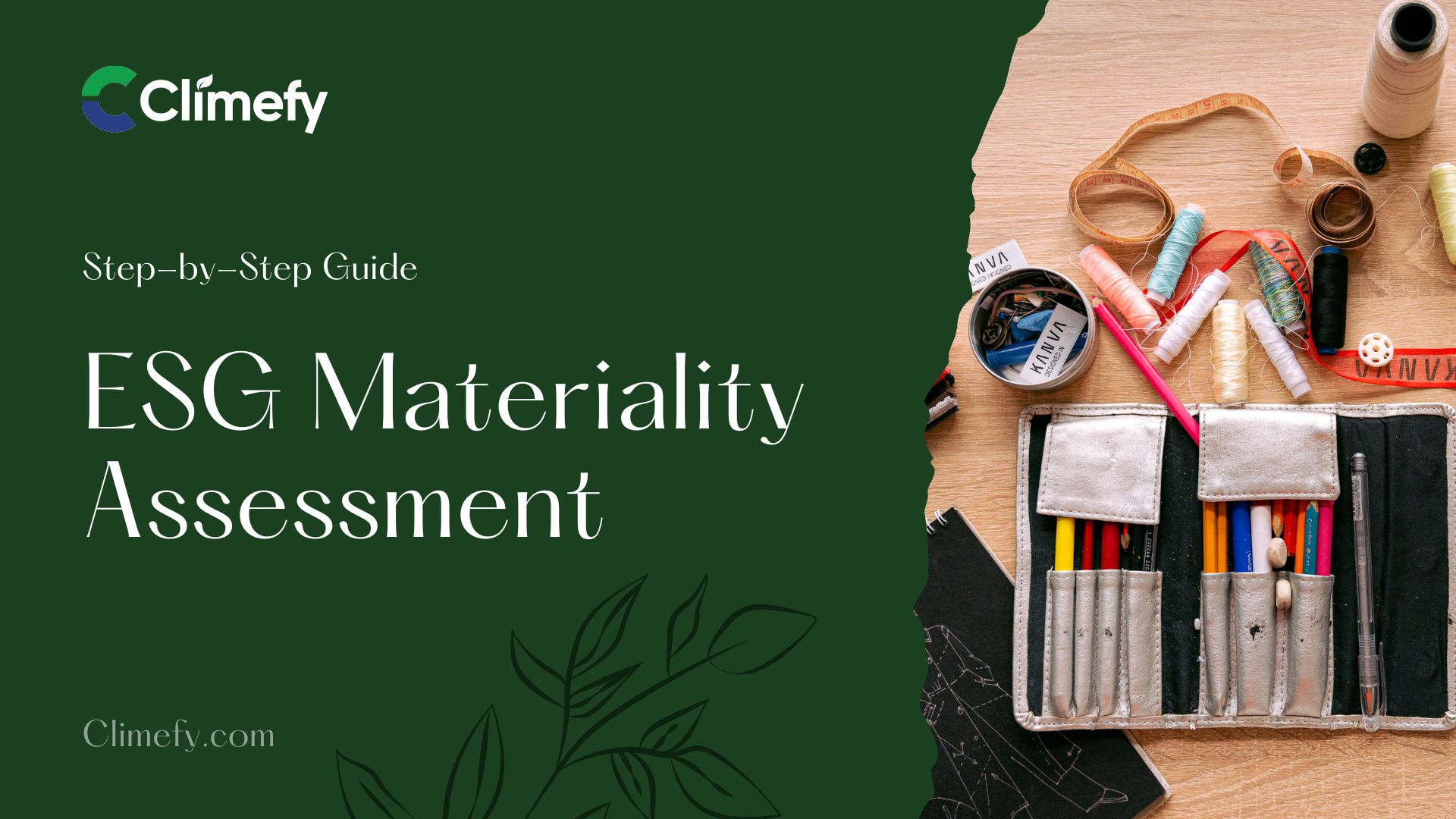

Environmental, Social, and Governance (ESG) factors are reshaping how businesses operate, and conducting an ESG materiality assessment is crucial for sustainability reporting. This process helps companies identify the most significant ESG issues that impact stakeholders and business performance. In this guide, we simplify the ESG materiality assessment process, covering key steps, benefits, and best practices to ensure compliance and strategic decision-making.
Key Highlights:
✔ Definition & Importance – What is ESG materiality, and why does it matter?
✔ Step-by-Step Process – How to conduct an ESG materiality assessment efficiently.
✔ Stakeholder Engagement – Best practices for involving key stakeholders.
✔ Materiality Matrix – How to create and interpret a materiality matrix.
✔ Regulatory & Reporting Frameworks – Key standards like GRI, SASB, and TCFD.
✔ Common Challenges & Solutions – Overcoming obstacles in ESG assessments.

An ESG materiality assessment is a structured process that identifies and prioritizes environmental, social, and governance (ESG) issues most relevant to a business and its stakeholders. It helps organizations focus on sustainability topics that have the greatest impact on financial performance, reputation, and regulatory compliance.
✔ Enhances Decision-Making – Aligns business strategy with sustainability priorities.
✔ Improves Stakeholder Trust – Demonstrates transparency and accountability.
✔ Ensures Regulatory Compliance – Meets global ESG reporting standards.
✔ Boosts Investor Confidence – Attracts ESG-focused investors.
✔ Mitigates Risks – Identifies potential ESG-related risks early.
The ESG materiality assessment process involves multiple stages, from stakeholder engagement to final prioritization. Below is a simplified breakdown:
A materiality matrix is a visual tool that plots ESG issues based on their significance to stakeholders and business impact. It helps companies prioritize sustainability efforts effectively.
✔ X-Axis (Business Impact) – How much an issue affects financial performance.
✔ Y-Axis (Stakeholder Importance) – The level of concern from investors, customers, and regulators.
| High Impact & High Stakeholder Concern | High Impact, Low Stakeholder Concern |
|---|---|
| Carbon emissions | Supply chain ethics |
| Data privacy & security | Employee wellness programs |
Several global frameworks guide ESG materiality assessments and reporting. The most widely used include:
Despite its importance, companies face hurdles in conducting effective ESG materiality assessments.
✔ Data Collection Difficulties → Use automated ESG software.
✔ Stakeholder Alignment Issues → Conduct workshops & surveys.
✔ Changing Regulations → Stay updated with frameworks like CSRD.
✔ Subjectivity in Prioritization → Use quantitative scoring methods.
ESG priorities evolve due to regulatory changes, market trends, and stakeholder expectations. Best practices include:
✔ Annual Reviews – Align with sustainability reporting cycles.
✔ Trigger-Based Updates – Adjust after major events (new regulations, mergers).
An effective ESG materiality assessment ensures businesses stay compliant, competitive, and resilient. By following structured steps, leveraging frameworks, and engaging stakeholders, companies can streamline the process and drive meaningful sustainability outcomes.
Disclaimer: This article provides general guidance and does not constitute legal or financial advice.